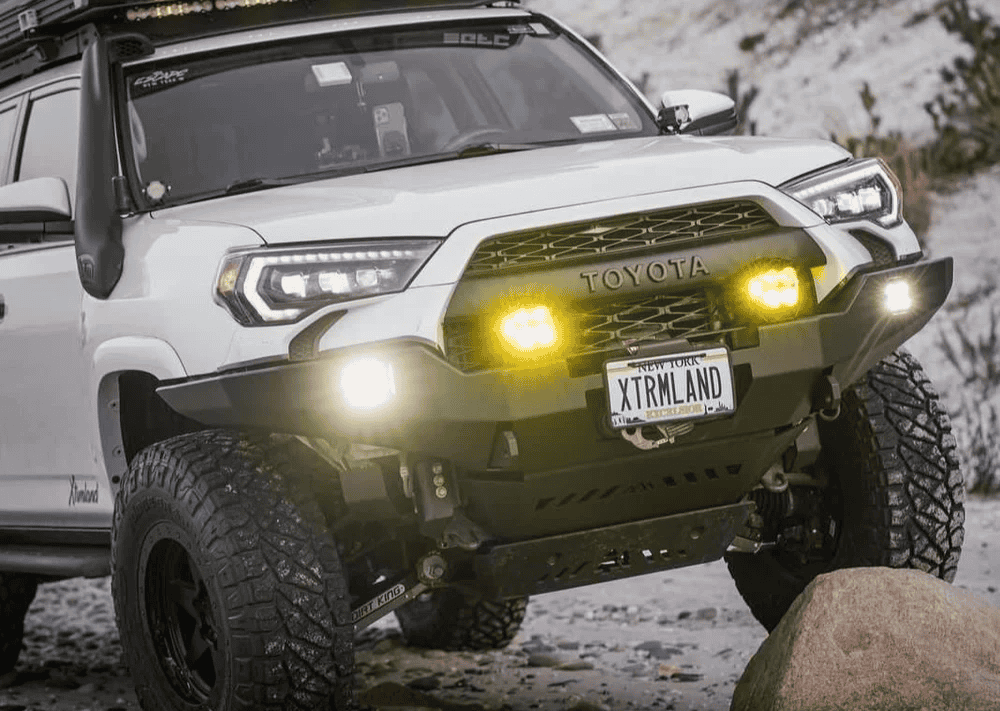Overland Vehicles

A strong overlanding checklist starts with trip context. Note route distance, fuel range, water access, weather, altitude, and remoteness. Match your overland gear list to risk, not just comfort. Prioritize navigation, shelter, heat management, hydration, recovery, medical, and power. Keep weight low and centered, and track payload to protect handling and braking.
Think in layers. Daily needs live in fast access pouches. Overnight items pack mid depth. Rare use and heavy items ride low and near center. Create a pre departure overland checklist that verifies tires, torque specs, fluids, filters, lights, winch function, and battery health. Print it, laminate it, and run it every time.
Build redundancy. Primary navigation can be offline maps on a phone with a high accuracy puck. Add a handheld GPS, paper maps, and a real compass. Mark water sources, bailout points, and fuel stops. Download weather and fire maps before service fades. Share a detailed plan with a trusted contact.
The overland packing list should include water for drinking, cooking, and cleaning. Two to four liters per person per day is a baseline, more in heat. Carry a filter, chemical backup, and a collapsible container for camp. Plan calorie dense meals that cook fast and minimize gray water. Use bear safe storage where required.
Shelter needs change by season. A four season tent or hard shell roof tent helps in wind and cold. Pair it with a rated bag, insulated pad, and a dry bag for storage. Include lighting, a simple kitchen kit, and a compact chair. Ventilation and condensation management matter as much as warmth for real rest.
Organizing by systems ensures you do not forget essentials and helps with camp setup flow. This structure also makes trail repairs and recovery faster when the clock is ticking.
Secure every item. Use tie down points and ratchet straps, not bungee cords. Heavy gear rides low and forward to reduce body roll. Keep the roof for lighter, bulky items and watch total height for trees and garages.
Adapt the overlanding essentials list to conditions. Add snow traction, extra insulation, and fuel for winter. Shift to heat management with shade, electrolytes, and more water for summer. Shoulder seasons demand flexible layers and a focus on weatherproofing.
Arrange camp so cooking, water, and sleep flow smoothly. Keep a small day kit ready for short hikes from camp. Recharge radios and headlamps each evening to start the next day prepared.
The overlanding essentials list is about self sufficiency. Skills amplify gear. Practice tire repair, recovery rigging, and basic field fixes before you go remote. Run a short shakedown trip to test your overland packing list, then refine it to trim weight and add reliability.
Thoughtful systems turn a simple overland checklist into confidence on the trail. If you want a purpose built platform, explore our overland rigs for ideas on storage, power integration, and recovery mounting that keep weight balanced and access quick. For tailored solutions like secure drawer systems, onboard power, lighting, and recovery points, see our custom overland upfit options that translate lists into clean, durable builds. To understand our approach to listening first and building around your use case, visit why choose OZK.
Bring us your route map and crew size and we will map your overlanding gear list to a practical, organized setup that is easy to use at night, in rain, and in wind. When you are ready to elevate your kit, share your plans and we will help transform a checklist into a capable, comfortable vehicle you trust off grid.
Ready to turn your checklist into a dialed expedition build? Tell us about your route, season, and crew. OZK Customs will engineer storage, power, recovery, and comfort into one capable rig. Fill out the form and get a tailored build plan with timelines and pricing.
ADDRESS:
6159 E Huntsville Rd, Fayetteville, AR 72701
PHONE:
(479) 326-9200
EMAIL:
info@ozkvans.com